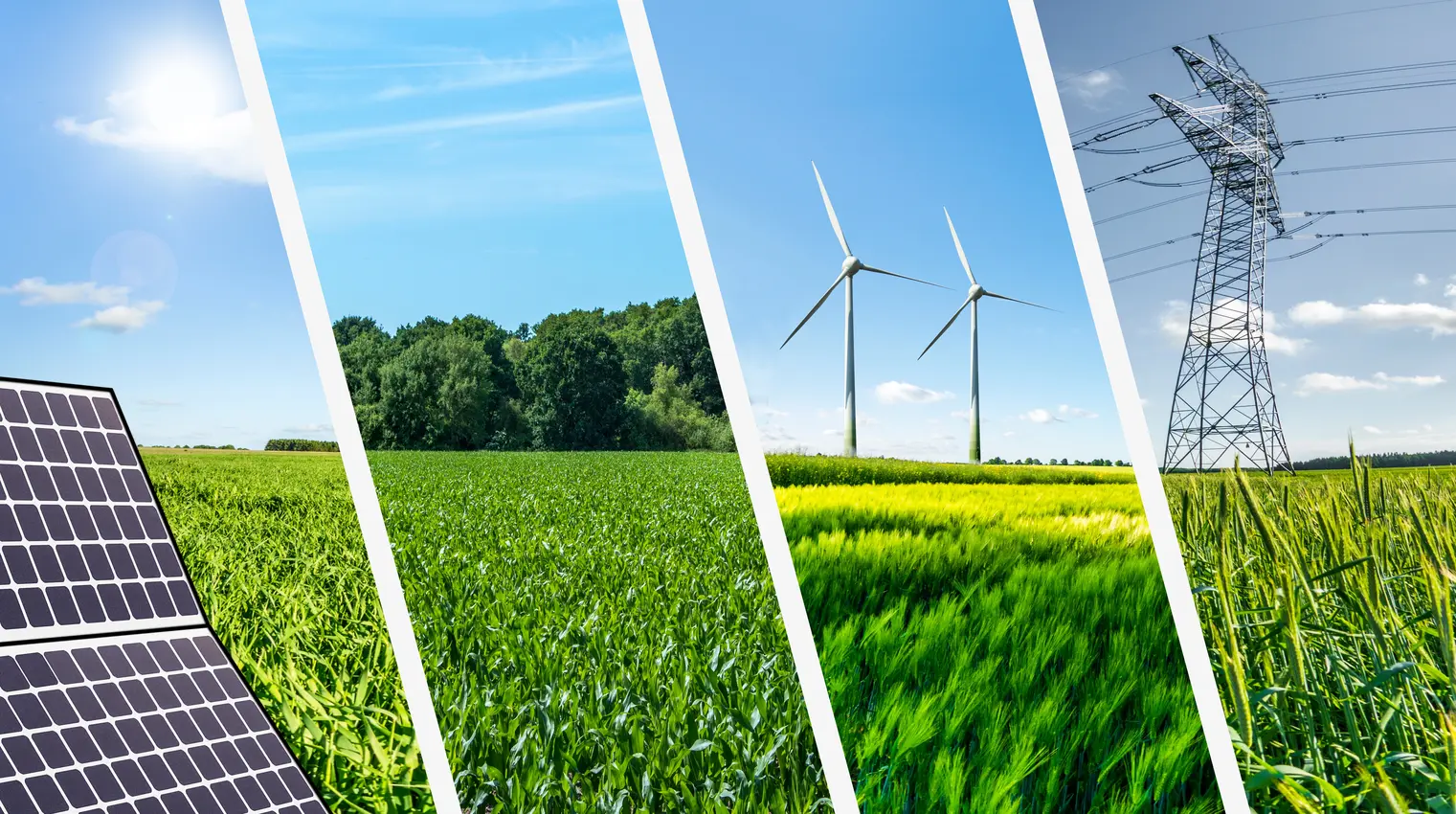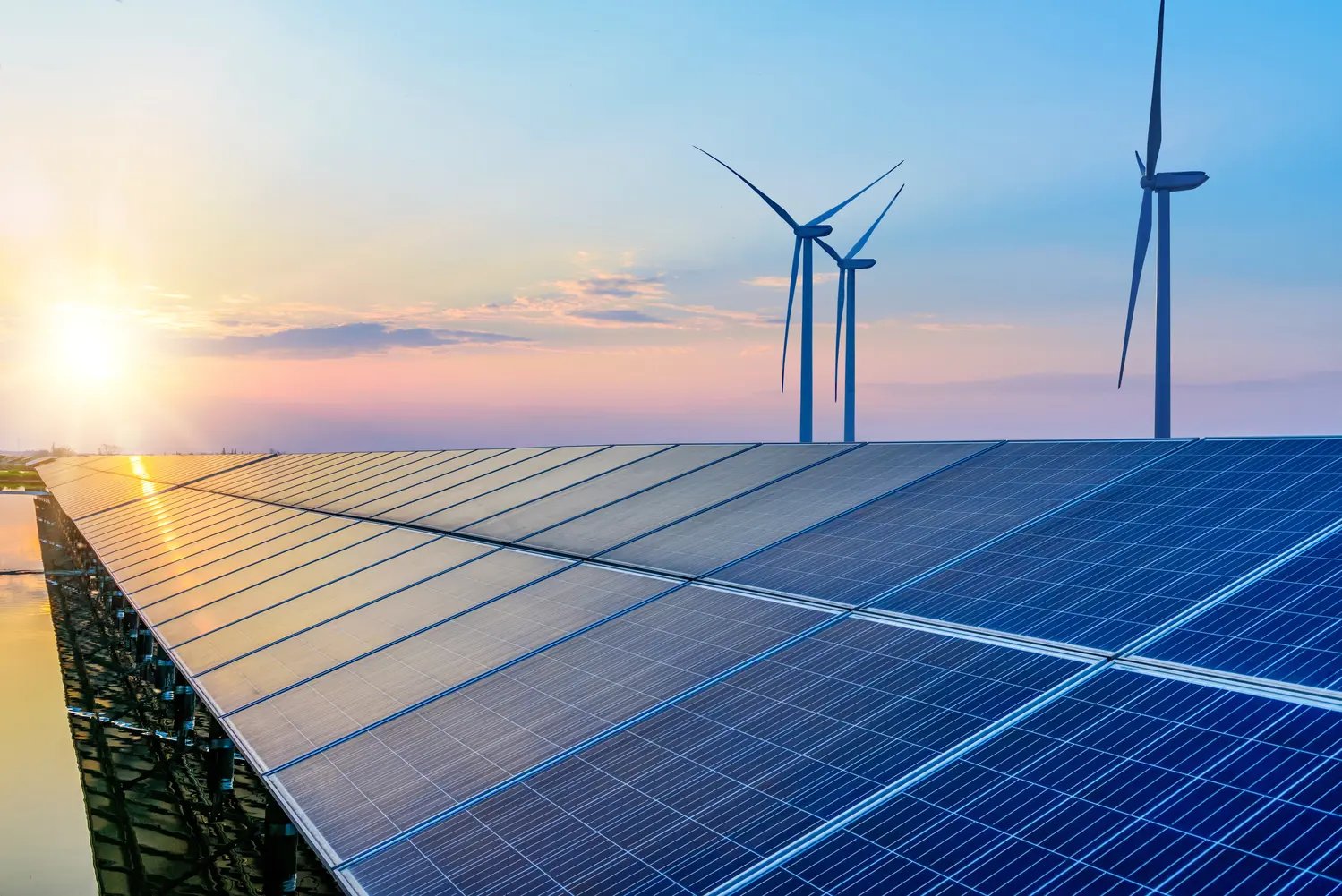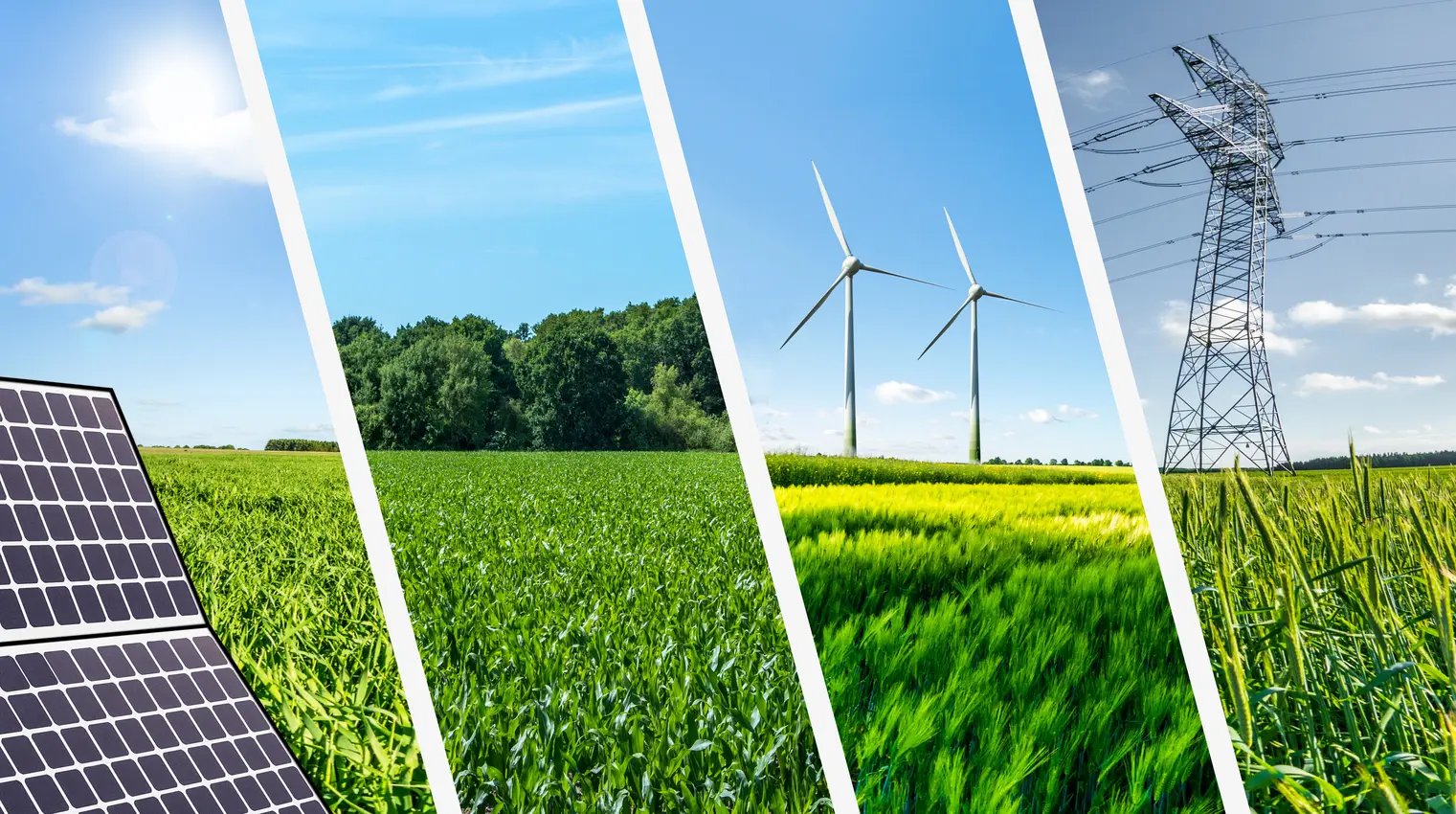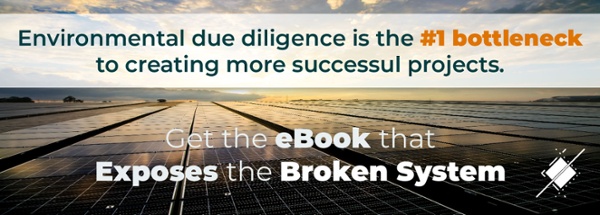
Listen to the audio version
Developing a new wind or solar farm is an incredible way to help your community and country. His recent executive order on the clean energy economy moves us toward those incredible sustainability goals that President Joe Biden has committed to. It states, among other things, that the United States will:
- Achieve 100 percent carbon pollution-free electricity by 2030
- Supply half of this electricity from local clean energy sources
- Ensure all new vehicle acquisitions will be zero-emission by 2035
- Ensure federal procurement will represent net-zero emissions by 2050
- Create no emissions as a result of federal operations by 2050
- Step down to only 35 percent of the current value of emission by 2030
This energy transition will help us boost our climate resilience, advance environmental justice, increase the market share of sustainable products, and bring sustainability to the workforce. That’s a hard yes from us.
But the fact remains that if we do not create the means to generate all this renewable energy production, we won’t hit these targets, which is a genuine concern. Between BS permitting processes and the new climate reality, getting clean energy sites up and running is becoming a Herculean task.
That’s not to say it can’t be done, though, so don’t listen to the Cassandras out there. We can meet these energy goals and help undo much of the damage caused to our environment by the fossil fuel age. It just takes a lot of commitment, ingenuity, and a hefty sprinkling of due diligence.
It is the latter ingredient on which we will focus in this post.

What Is Environmental Due Diligence?
Putting together a site for renewable energy generation is no mean feat. For example, let’s say you want to develop a solar farm. We’re talking 10 acres at a bare minimum for truly large-scale solar project development, sometimes up to 200. Most sites will need to be at least 30 to 40 acres, sited with enough sunlight to make their development worthwhile. That alone is a challenge.
A myriad of other concerns plays in, in any case. You can’t just buy any old parcel (wouldn’t that be lovely) and slap some photovoltaics on it. Instead, you have to take into account a massive array of factors and complete a risk assessment, including:
- Federal, state, and local laws and regulations that apply to the area
- Wildlife restrictions, nature preserves, wetlands and waterways, and other natural resources concerns
- Public and tribal land ownership and concerns
- Whether the site is close enough to utilities for it to make sense
- Geology of the area, such as landforms, rocks and karst, slopes, and more
- Greenfield and Brownfield status of the land
- Who owns the land, whether a single owner has enough land to offer or you’ll have to combine with others nearby, and whether they’re willing to sell
- Other types of technical feasibility, depending on the energy source
… and that’s honestly just the beginning. Each factor has its own rules and permitting requirements, ranging from the mundane to the esoteric, depending on where you want to build. To break ground on a project, you need to clear all the hurdles listed above and then some. Only when you can prove that nothing stops you from developing that land – and you have the permits to prove it – can you move forward.
Imagine the most impossible task you can think of, then set it on fire. That’s how hard this is.
In essence, finding a suitable parcel is a total shot in the dark. And indeed, only about 10 percent of renewable energy development sites identified early in the speculation process ever get developed, despite the best intentions of all involved.
Let us amend that statement. We should have said the best intentions of most involved.
Why Does Finding the Right Site Take So Long?
Pardon our jaded nature, but not everyone involved in a renewable energy project is there for the right reasons. That’s one answer to why finding an appropriate clean energy site takes longer than it should.
Namely, we’re talking about the human cobras known as environmental permitting consultants. These folks are ostensibly there to ensure you get all the information you need on a project upfront. They research the rules and regs, figure out whether the land is off-limits for one of the many reasons above, then point you toward all the proper permits to move forward – assuming you can. They’re “the experts.”
Therefore, why they spend months in a black box of their own making without letting developers in on the process is a mystery to us. Rather than making the process easier, they instead create massive roadblocks.
Adding insult to injury, the line is often months-long because they’re the only game in town. By the time you get in to see them – and get that fun 90-percent chance of hearing a “no” on your project – the opportunity has often passed anyway. Really gets the adrenaline going, doesn’t it? Whee!!
Enough bad news, though. Here’s what we know:
- You have to follow the rules and get the necessary permits to move forward on any wind or solar energy project.
- You don’t have to suffer while doing it.
Let’s take a closer look at that second point.

What Does a Positive, Comprehensive Environmental Due Diligence Solution Look Like?
The reason environmental permitting consultants have so much power is simple: there are a million regulations, laws, reports, environmental concerns, and people involved in every potential project. This information is stored in dozens of places, adhering to hundreds of pieces of legislation at all levels of government. Keeping track of it all is nothing short of a nightmare, and many people just don’t know how to get the job done. You’re a developer, after all, not a file clerk.
What you need is a way to carry out the environmental due diligence process without turning to the people who hold up the show in the first place. Relying on trusty AI is a much better way to go than waiting for slow wetware (ahem, humans). Systems like Transect’s suite of due diligence tools can run the numbers, check the rules and get your info on a site in just minutes – compared to 2 months or more from permitting consultants.
If there’s anything that rules out a potential project site, you’ll know immediately and can look for the next one. If it’s good to go, you’ll know that too, so you can get the jump on it and beat the competition. Sounds pretty good, right?
Let Transect Help
At the risk of sounding cheesy (though we do really like cheese), we need each other if we’re going to tackle climate change and clean energy goals in the coming century. A house divided against itself cannot stand and all that. It’s time to turn our attention to developing green energy like never before, and that means we need to ditch outdated processes and find suitable sites quickly. Transect can help.
Looking to learn more about environmental due diligence and how the right kind can speed you to find awesome, viable solar or wind energy sites? Cool, because we are all about that. We’d love to schedule a demo with you today, so please feel free to follow that link or get in touch.


